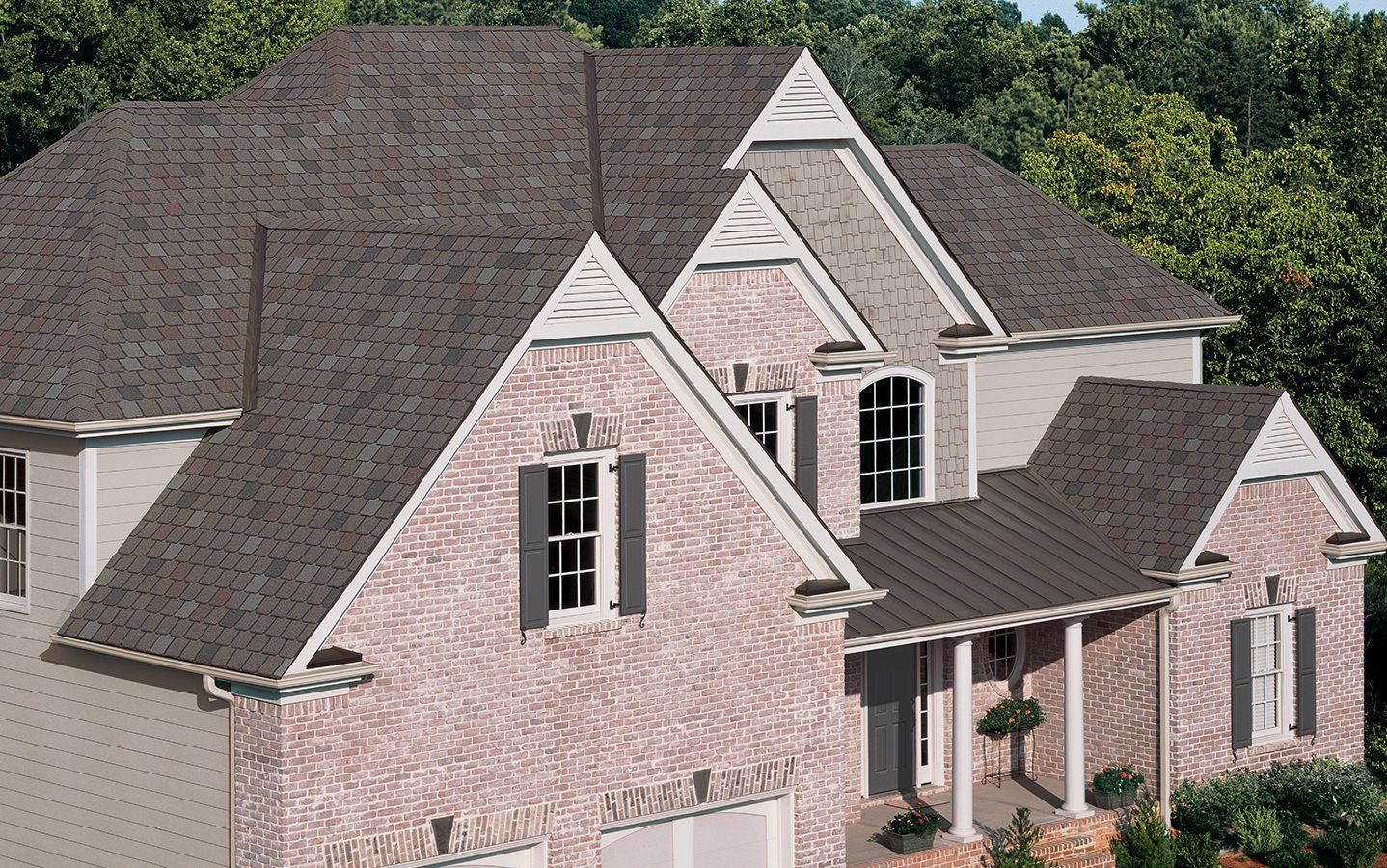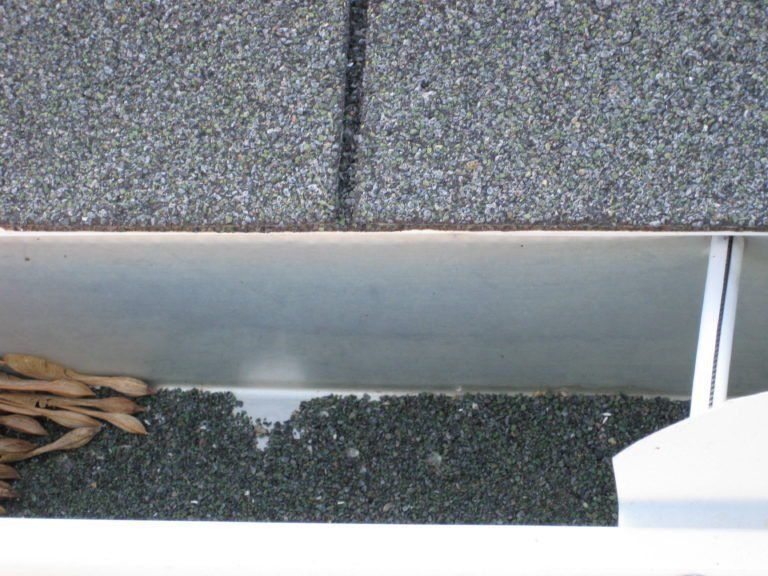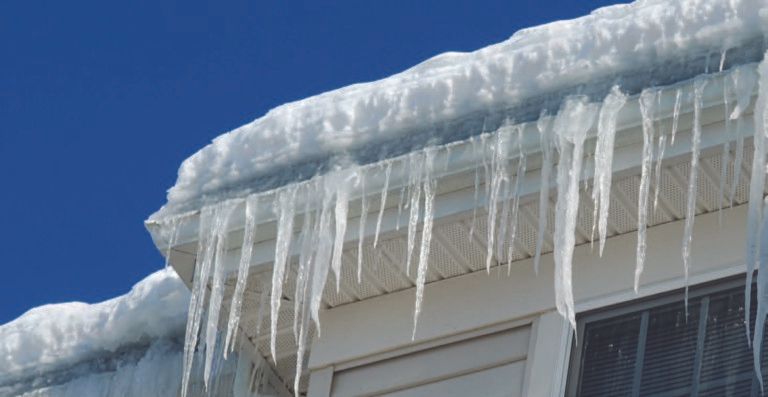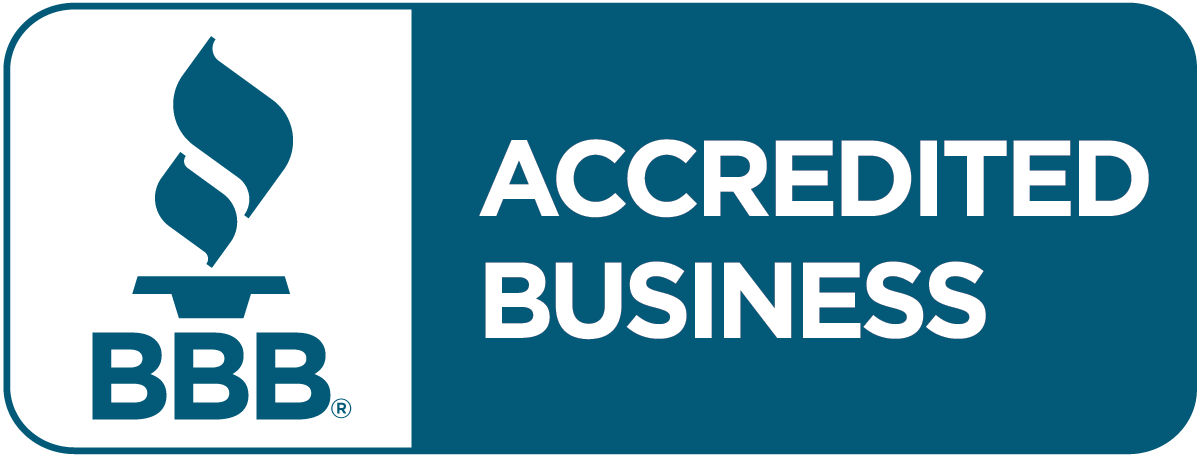When to Replace Your Roof
Three Revealing Signs Your Roof Needs to Be Replaced

Your roof plays a critical role in helping to keep your home and everything in it safe from the elements. If you built your house, then you probably have a good record of the roof installation and a general idea of when the roof may need to be redone. However, if you bought your house, you might not know the exact history of the roof and when it should be replaced.
So, how will you know when it’s time to replace your roof?
1. Roof “Age Spots”
Roofs have ways of visibly showing their age. And, although older roofs may continue to keep the elements out, they may be more vulnerable to damage due to wear and tear over the years.
Signs of an aging roof can often be observed from ground level, and sometimes a convenient second-floor window offers a bird’s eye view of the shingles. It’s always best to leave any on-roof inspections to the professionals.
Here are seven indications that your roof may be past its prime:
- Uneven shingles. Asphalt shingles are meant to lie flat with no edges to catch the wind or interfere with water runoff. Cupped shingles with concave centers, wavy surfaces, and ragged or curled shingle edges are all signs that a roof is past its prime.
- Bald shingles. The granular coating on asphalt shingles helps to protect them from the elements, such as harsh ultraviolet (UV) rays from the sun. Roof shingles that are losing or have lost their granules are more exposed to UV rays, potentially causing them to age faster and become brittle.
- Cracked shingles. Over the years, UV ray exposure from the sun may cause roof shingles to “dry out” and crack on the surface.

- Discoloration. The color of your roofing shingles may fade over the years due to UV degradation, another sign of an aging roof.
- Dark streaks. While dark streaks on your roof may be more of an aesthetic problem, they’re an indication of algae growth on your roof. Lichen growth, which occurs with a combination of algae and fungus, can eventually damage shingles and their protective granules. A homeowner’s first step should be to have a professional clean and inspect their roof to check the condition of the shingles and see if a repair or reroof is necessary.
- Moss. The roots of moss are much larger than those found in lichens. Too much moss on your roof can speed up the loss of granules. Moss also retains water, adding weight, and keeping your roof in constant contact with water. As with shingle discolorations, a roof inspection and cleaning can help determine the health of the shingles beneath the moss.
- Time. While properly installed, high-quality asphalt shingles can provide two to three decades of protection, constant exposure to the elements eventually takes its toll, and they need to be replaced. According to InterNACHI’s Standard Estimated Life Expectancy Chart for Homes, the life expectancy for architectural asphalt roofing shingles is 30 years and 20 years for three-tab asphalt shingles.
2. Roof Storm Damage
The roof is one of your home’s first lines of defense against Mother Nature. Certain regions of the country are more associated with specific adverse weather events, like tornadoes or hurricanes. However, most locales experience occasional summer storms, which can produce damaging wind gusts and hail. Due to its large surface area and exposed location, the roof is especially vulnerable to storm damage.
Hailstorms
A sudden flurry of hailstones can cause immediate damage to shingles, flashing, and gutters. Visible signs of roof hail damage include loss of granules, divots, and cracks. Sometimes roofing shingles will split beneath their surface due to a hailstone’s impact, leaving your roof open to water infiltration.
Winds
Straight-line winds that proceed a typical storm front can cause a great deal of damage in a short amount of time. These winds travel in one direction, unlike rotating tornadic winds and can reach speeds over 100 miles per hour. The National Severe Storms Laboratory classifies winds over 50-60 miles per hour as damaging.
Shingles that are blown off can leave large areas of your roof completely unprotected from rain or snow. And shingles that remain in place but have been bent or curled beyond their limits may lose their waterproof seal. Wind-driven debris, such as tree branches, could crack or pull up shingles, and/or knock granules loose.
If you experience a significant hailstorm or other severe weather events, then you may want to schedule a roof inspection to check for both visible and hidden damage.
3. Leaking Water
Homeowners may put off signs of an aging roof and be unaware of storm damage, but water spots typically demand a quick reaction. If your roof has lost its ability to repel water due to storm damage or aging, then water damage to the roof deck, insulation, and drywall or mold growth can develop quickly.
Roofs are vulnerable to water in the winter, too. When snow thaws and refreezes over the eaves, it can create ice dams. Water that builds up on the roof’s surface can back up underneath the shingles, eventually finding even the tiniest of holes and making its way into your home.

How do you spot where the leaks are coming from?
- Finding the source of water leaks can be tricky. Water always travels along the path of least resistance, so a small hole near the peak of the roof could show up as a water spot in the foyer ceiling. Your first move should be to inspect the attic after a heavy rainfall or while your roof is snow-covered.Pay special attention to areas around vents, chimneys and skylights.
- Use a flashlight and look for dark patches on the wood, mold or deteriorated insulation.
Know When It’s Time to Contact a Roofing Contractor
Professional roofing contractors are experienced with different types of roof damage and signs of an aging roof. We know where to look (like under shingles and around flashings) and can safely traverse roofs of various slopes. We can also tell you if you need a roof repair or a complete roof replacement.
Schedule with us soon as possible if your roof is showing signs of aging, storm damage, or if you have signs of leaks or water damage in your home. It’s better to get the work done sooner than later to help prevent further deterioration and/or damage to your home.
Source:
Owens Corning
Contact Ohio Exteriors Today for Your Home Renovation Needs
If you want top-quality products and uncompromising customer service, make Ohio Exteriors your trusted Columbus contractor today. Call us at
(614) 683-2267 or submit our online request form for more information.









